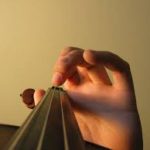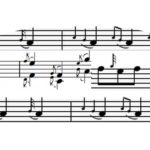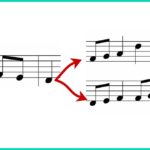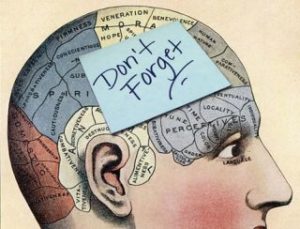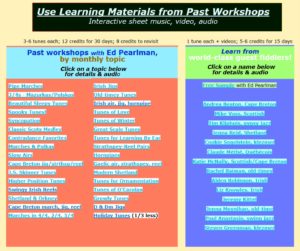The violin was an important jazz instrument among both black and white players, especially in the first half of the 20th century. The European Roma took to it and many became virtuoso jazz musicians, including the great guitarist Django Reinhardt, best known as fiddler Stephane Grappelli’s other half in the Hot Club of France.
 We’re very fortunate on fiddle-online to have a detailed concert/workshop on this style of music, still called “gypsy jazz,” by one of the great exponents, Tim Kliphuis, who teaches at the conservatory of music in Amsterdam. In his online concert/workshop, he not only plays some of this great music, but also tells how he got to know and work with the Roma and gained their respect for his playing. The learning part of the workshop is very detailed, including a simple jazz tune, plus jazz riffs to practice, and a sample solo to work on. Click here for audio and details. (Note, because of the extensive detail and length of this workshop, the cost is 8 credits instead of 6. Keep in mind that as with all fiddle-online workshops, 80% goes to the artist.)
We’re very fortunate on fiddle-online to have a detailed concert/workshop on this style of music, still called “gypsy jazz,” by one of the great exponents, Tim Kliphuis, who teaches at the conservatory of music in Amsterdam. In his online concert/workshop, he not only plays some of this great music, but also tells how he got to know and work with the Roma and gained their respect for his playing. The learning part of the workshop is very detailed, including a simple jazz tune, plus jazz riffs to practice, and a sample solo to work on. Click here for audio and details. (Note, because of the extensive detail and length of this workshop, the cost is 8 credits instead of 6. Keep in mind that as with all fiddle-online workshops, 80% goes to the artist.)
On the other side of the Atlantic, in the U.S., various styles of jazz were being developed. One of the great American jazz fiddlers was Joe Venuti, who had an adventurous, heartfelt, sometimes spare, sometimes raucous sound. Our guest Paul Anastasio took lessons with Joe Venuti back in the day, and shares with us some of his style of swing jazz fiddle, including a performance of various tunes, and the teaching of the standard “Avalon,” featuring both the basic tune and a solo improv-style version Paul composed for people to learn and develop riffs and variations. Click here for more details and signup — scroll down to Paul’s second offering for the jazz fiddle selection.
Whether it’s new to you or you’re an expert, there’s a lot to learn from these concert/workshops. Even if jazz is not your thing, try it! It expands your technical and musical abilities when you stretch toward the horizons of what jazz fiddle has to offer!
©2022 Ed Pearlman
